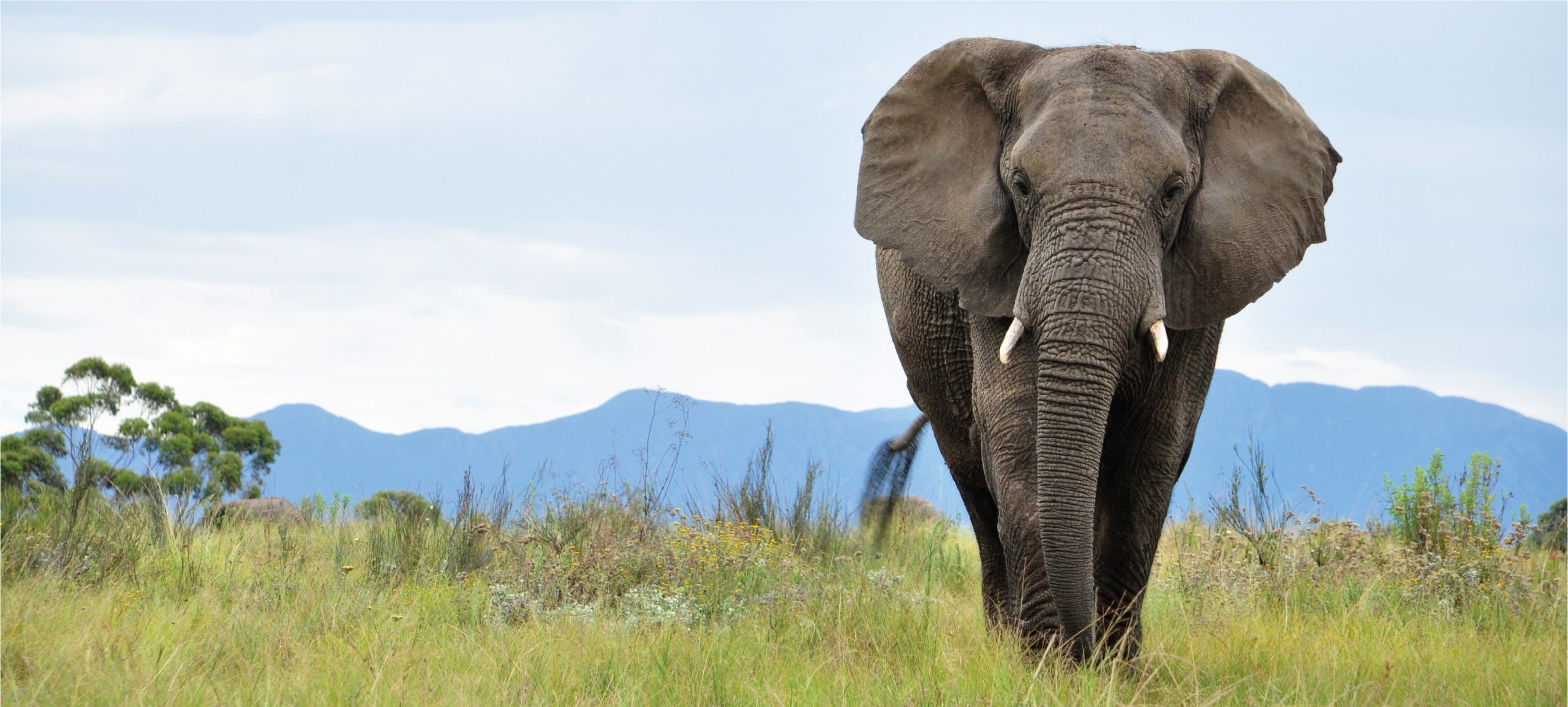-

Ibicui Tuco-tuco
Discover the fascinating world of the Ibicui Tuco-tuco, a burrowing rodent native to the grasslands of southern Brazil. Learn about its unique adaptations, diet, and critical role in soil aeration and ecosystem balance, while also exploring the conservation challenges it faces due to habitat loss. Delve into this intriguing species and uncover its importance to…
-

San Juan Tuco-tuco
Discover the intriguing world of the San Juan Tuco-tuco, a medium-sized rodent native to Argentina’s mountainous regions. Learn about its unique adaptations, social behavior, and vital role in the ecosystem as a burrower and seed disperser, alongside conservation challenges facing this vulnerable species.
-

Jujuy Tuco-tuco
Discover the fascinating world of the Jujuy Tuco-tuco, a unique rodent native to the high-altitude grasslands of Argentina’s Jujuy province. This nocturnal burrowing species, known for its robust body and distinctive chisel-like incisors, plays a crucial role in its ecosystem through soil aeration. However, with its vulnerable conservation status due to habitat loss, learn about…
-

Catamarca Tuco-tuco
Discover the fascinating world of the Catamarca Tuco-tuco, a unique rodent native to Argentina’s arid landscapes. This medium-sized herbivore is known for its remarkable burrowing skills, nocturnal behavior, and critical role in its ecosystem. With a conservation status of Vulnerable, learn how habitat destruction threatens its survival and the efforts needed to protect this remarkable…
-

Lago Blanco Tuco-tuco
Discover the unique Lago Blanco Tuco-tuco, a medium-sized rodent native to the high-altitude grasslands of northern Argentina and southern Bolivia. With its distinctive burrowing behavior and vital role in soil aeration, this nocturnal herbivore is crucial for maintaining the ecosystem’s health. Learn more about its habitat, diet, and the conservation efforts needed to protect this…
-

Forest Tuco-tuco
Explore the fascinating world of the Forest Tuco-tuco, a medium-sized burrowing rodent endemic to the temperate forests and grasslands of southern South America. This unique species, characterized by its robust build and exceptional digging abilities, plays a crucial role in its ecosystem as both a soil aerator and seed disperser. Learn about their habitat, diet,…
-

Long-tailed Tuco-tuco
Discover the intriguing world of the **Long-tailed Tuco-tuco** (Ctenomys talarum), a burrowing rodent native to the grasslands of Argentina. Renowned for its distinctive long tail and extensive tunneling habits, this herbivorous species plays a crucial role in maintaining soil health and plant diversity within its ecosystem. Learn about its habitat, diet, and fascinating behaviors that…
-

Patagonian Tuco-tuco
Discover the fascinating world of the Patagonian Tuco-tuco (Ctenomys patagonicus), a unique burrowing rodent found in the arid landscapes of Patagonia. With its remarkable tunneling skills, distinctive vocalizations, and vital role in the ecosystem, this medium-sized herbivore faces vulnerabilities amid habitat loss. Explore its behavior, diet, and conservation challenges in our latest blog post.
-

Henia-Camiare Tuco-tuco
Discover the fascinating world of the Henia-Camiare Tuco-tuco, a unique burrowing rodent native to South America’s grasslands. With its characteristic tawny fur and nocturnal lifestyle, this species plays a vital role in soil aeration and ecosystem balance, while facing challenges from habitat loss. Explore its behavioral traits, diet, and conservation status in our latest blog…
-

Foch’s Tuco-tuco
Discover the fascinating world of Foch’s Tuco-tuco (Ctenomys focha), a medium-sized rodent native to the grasslands and scrublands of southern Argentina. Known for its impressive burrowing abilities and nocturnal behavior, this vulnerable species plays a crucial role in its ecosystem by aerating the soil and supporting plant growth. Learn about its unique characteristics, dietary habits,…
Search
Popular Posts
-
Liolaemus crandalli
Discover the unique Liolaemus crandalli, or Crandall’s liolaemus, a striking lizard native to the temperate forests and grasslands of southern Chile and Argentina. Measuring 8 to 12 cm, this diurnal insectivore features a slender body with vibrant coloration in males during breeding, and plays a vital role in its ecosystem by controlling insect populations and…
Categories
Tags
animal adaptations (890) animal behavior (4960) animal reproduction (851) behavior (920) biodiversity (7661) conservation (1670) conservation efforts (1732) conservation status (5528) diet (2102) echolocation (822) ecological balance (1967) ecological role (1831) ecosystem (1469) ecosystem role (2842) endangered species (2499) environmental conservation (821) habitat (3274) habitat conservation (1090) Habitat Destruction (1326) habitat loss (3314) insectivorous reptiles (881) IUCN Red List (1847) lizard reproduction (909) nocturnal animals (2751) nocturnal behavior (2548) nocturnal reptiles (992) physical characteristics (2047) predator-prey relationships (837) reproduction (2884) reptile behavior (914) reptile conservation (1236) reptile reproduction (935) rodent species (1325) seed dispersal (2131) Seed Disperser (977) small mammals (1166) snake behavior (848) snake diet (954) snake reproduction (1036) South America (806) tropical forests (946) Vulnerable Species (4837) wildlife (2510) wildlife conservation (5178) wildlife protection (983)




